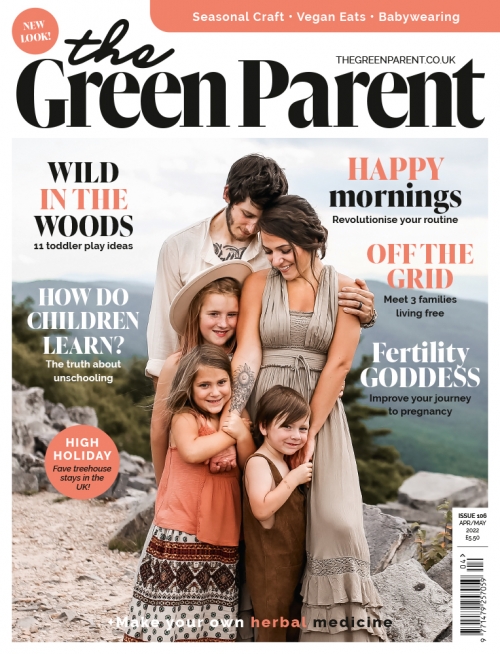Globally, more than 300,000 disposable nappies a minute are sent to landfill, incinerated, or end up in the environment - including the ocean. Once waste reaches landfills, very little of it can break down and decompose. What does succeed in decomposing releases methane, a greenhouse gas that contributes to global warming when released into the atmosphere.
Below Esme dispels common myths when it comes to using cloth nappies.
Myth 1. - Reusable nappies are more expensive than disposables
Using reusable cloth nappies will save you money on your first baby and even more for subsequent babies!
Typically, one baby uses 6,500 disposable nappies from birth to potty training, this is equivalent to one tonne of waste per baby!
Using disposable nappies can cost around £1,000 for each baby, compared to switching to reusables and spending up to £429 per baby instead, giving families a £500+ saving per child.
To compare, add the cost of LittleLamb kits to the cost of laundering of £1 a week* and you’ll immediately see the savings. Using them on subsequent babies will save you even more.
*The laundering costs include detergent, electricity, water and even the wear-and-tear of your washing machine.
Myth 2. Reusable nappies create too much washing
It’s certainly true that nappies will inevitably create more washing, but they can easily slot into your current washing routine, using the same detergent and machine.
Store dirty nappies in the nappy pail, separating any washable boosters, inserts or liners and closing the Velcro tabs over on themselves. When you have a load ready, put them in the washer on a 40˚ wash with half the recommended dose of detergent, give them an extra rinse and air dry. That’s all there is to it.
While there is no one routine that will suit everyone due to variables such as soiling level, machine type, load size, water hardness and cycle used, the above is a good place to start and you can tweak if needed.
Reusable nappies also use 3.5 times less energy, 8 times less non-renewable materials and 90 times fewer renewable resources than ‘disposables’.
Myth 3. Reusable nappies are too complicated to use
Previous generations (including myself) may have had to use safety pins and complex folds, but nowadays cloth nappies are incredibly similar to disposable nappies in their look and feel– especially if you go for an All in One or Pocket Nappy. Instead of plastic tabs, they have velcro tabs or poppers on the side to adjust the size.
They are also super cute and give the baby a well-padded bottom ,which is great for when they are learning to walk!
Myth 4. Reusable nappies are inconvenient when out and about
Reusable nappies are exactly the same when it comes to using disposables out and about. The only difference is you put it in your designated nappy bag, which is fully sealed and waterproof, instead of chucking a dirty nappy in the bin - resulting in it ging to landfill waste! Once home, just pop it in your usual nappy bin or straight into the washing machine.
Simple and smell free!
Myth 5. Reusable nappies cause nappy rash
Most babies get nappy rash at one time or another and if your baby succumbs don’t panic - it doesn’t mean you’re a bad parent.
Nappy rash is a catch-all phrase that encompasses a multitude of skin conditions. The two major causes are either the body’s naturally occurring flora (bacteria) thriving in warm damp conditions or the chemical reaction between urine and excretion.
Ammonia is created when urine and excretion mix for any length of time and attacks the baby’s delicate skin. In both cases it’s recommended by the NHS that you change baby frequently, washing with warm water and pat drying thoroughly. No different to if you’re using reusable or disposable nappies. Cloth nappies are also made from natural and recycled materials, so they are the ‘no nasties, more sustainable’ alternative to disposables.
More to the point - would you like to wear paper knickers?






